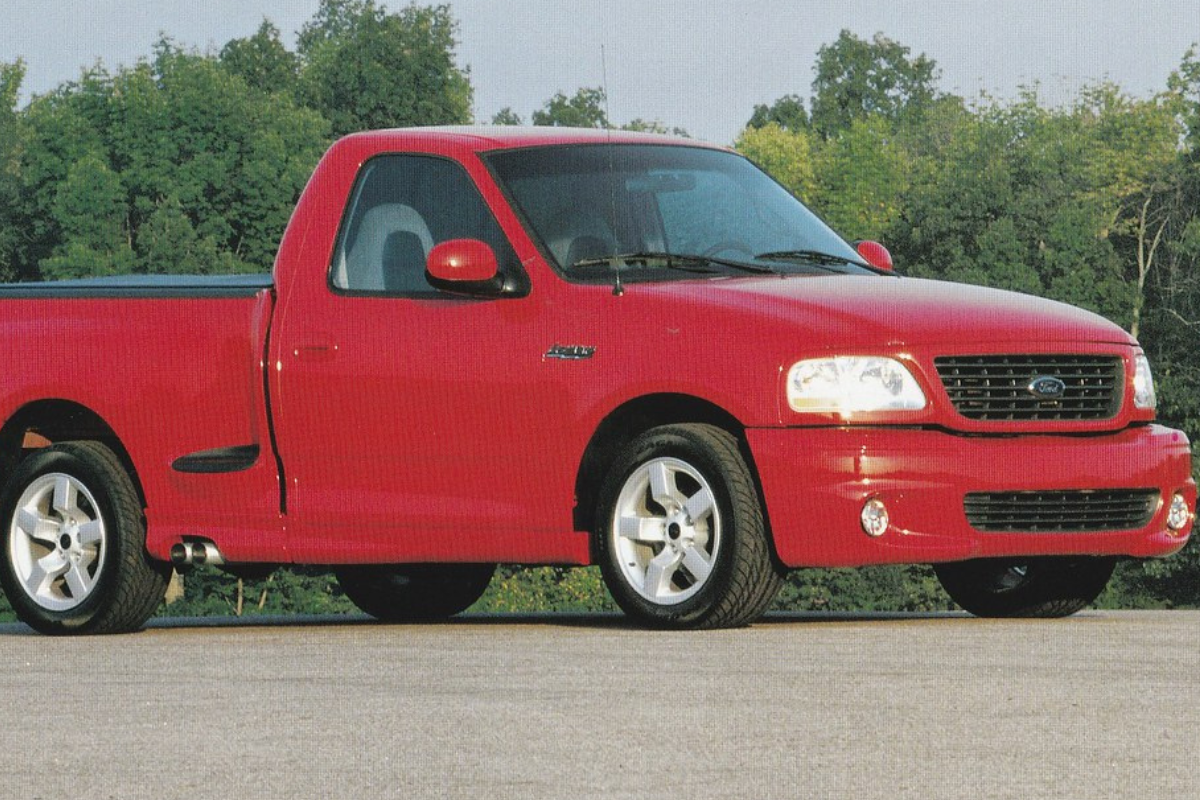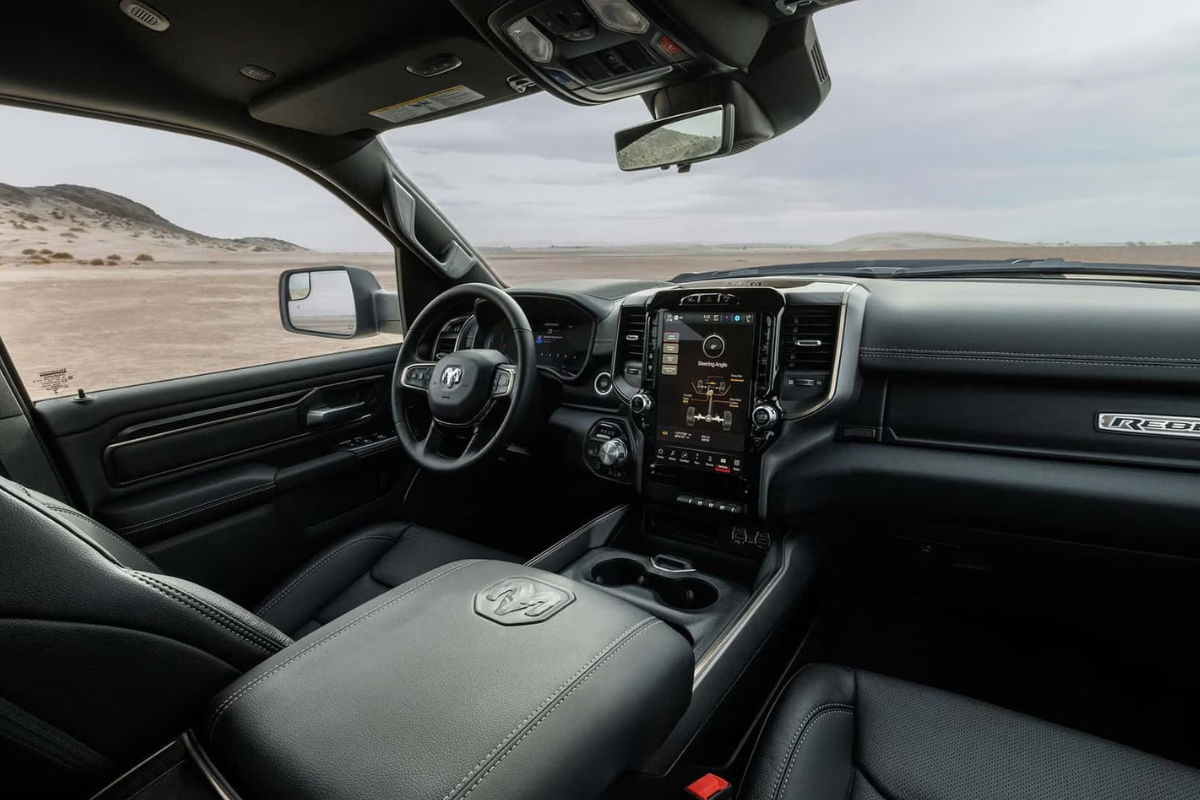George Boulton
September 6, 2024

George Boulton
September 6, 2024

We look back at how Pick Ups have developed aesthetically and functionally over time
These early designs featured basic, boxy frames and flatbeds, prioritizing function over form.
Here’s a quick look at where we’ve come from and what there could be to come:
The first pickup trucks, like the 1925 Ford Model T Runabout (which was a Model T with a pickup bed at the back) were all about utility.

These early designs featured basic, boxy frames and flatbeds, prioritizing function over form.
Built for farmers and tradesmen, they had minimal styling, focusing on durability and load capacity.
After World War II, pickup trucks began to adopt more streamlined designs.
The 1950s saw the introduction of trucks like the Chevrolet 3100, which featured rounded edges, chrome accents and more comfortable interiors.
This era marked the beginning of the pickup truck’s transformation into a vehicle that combined work with personal style.

The 1970s and 1980s were pivotal for pickup truck design, with models like the Ford F-150 and Dodge Ram emerging as true icons.
Trucks became larger, more powerful and more versatile, catering to a broader audience.
The focus was on making pickups that could handle heavy-duty tasks while offering comfort and convenience for everyday use.

Today’s pickup trucks are technological marvels, blending cutting-edge design with advanced features.
The Ford F-150 Lightning, for example, is an electric pickup that retains the ruggedness of its predecessors while introducing a sleek, modern aesthetic and eco-friendly powertrain.
Similarly, the RAM 1500’s luxurious interior and sophisticated infotainment system show how far the design has come from its humble beginnings.

Looking ahead, pickup truck design is set to become even more innovative, with autonomous driving, sustainable materials and even more refined aesthetics.
Just look at the Tesla Cybertruck with its futuristic, angular design, offers a glimpse into the bold directions that pickup trucks might take in the future.
